Miklos & Tori's Japan Adventures
Golden Week is celebrated every year in Japan usually in late April or early May. It is called Golden Week because there are several national holidays that fall around the same time, creating (slightly under) a week full of holidays. This year Thursday, April 29th was a holiday as well as Monday, May 3rd- Wednesday, May 5th. We took off on Friday so that we would have 7 consecutive days off.
For our getaway we decided to go to Kanazawa. We had heard great things about Kanazawa from others, including that it is a beautiful cultural city that is often overlooked by tourists. We also decided to
Victoria Robkis
49 chapters
16 Apr 2020
Golden Week
April 29, 2021
|
Kanazawa & Noto Peninsula
Golden Week is celebrated every year in Japan usually in late April or early May. It is called Golden Week because there are several national holidays that fall around the same time, creating (slightly under) a week full of holidays. This year Thursday, April 29th was a holiday as well as Monday, May 3rd- Wednesday, May 5th. We took off on Friday so that we would have 7 consecutive days off.
For our getaway we decided to go to Kanazawa. We had heard great things about Kanazawa from others, including that it is a beautiful cultural city that is often overlooked by tourists. We also decided to
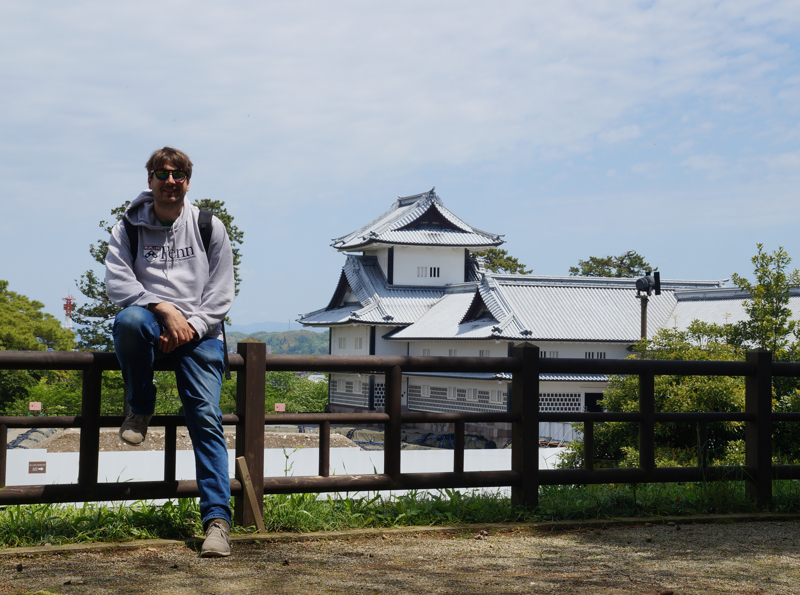
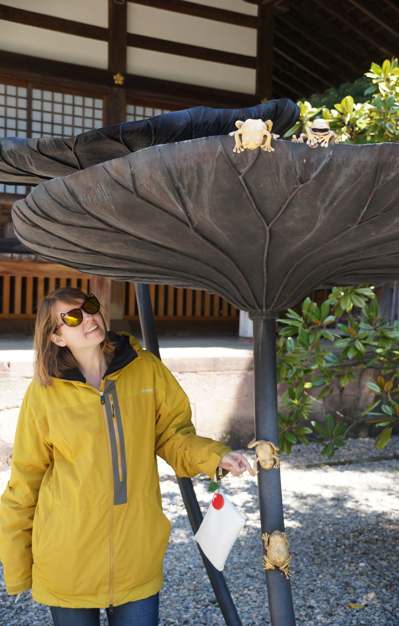
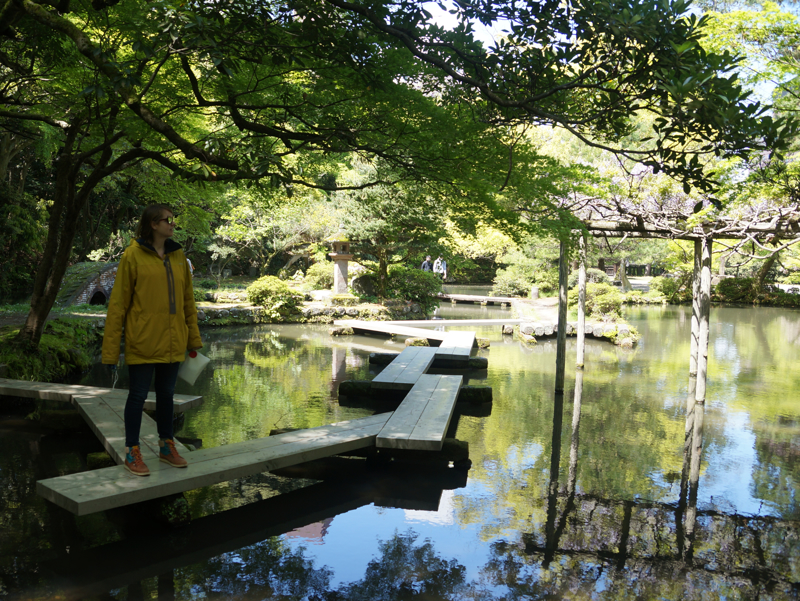
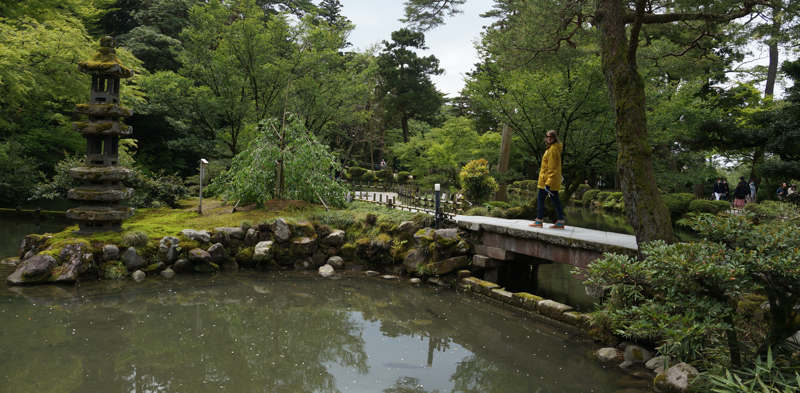
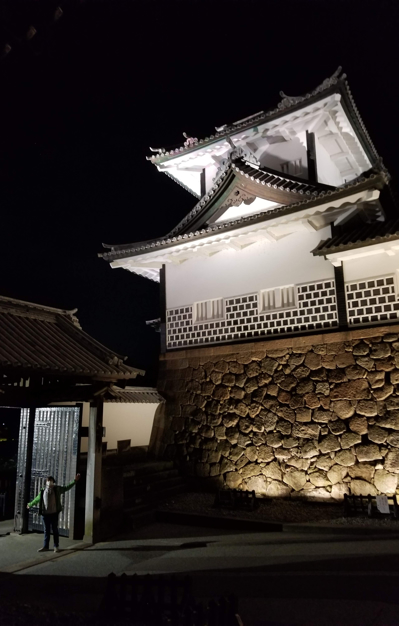
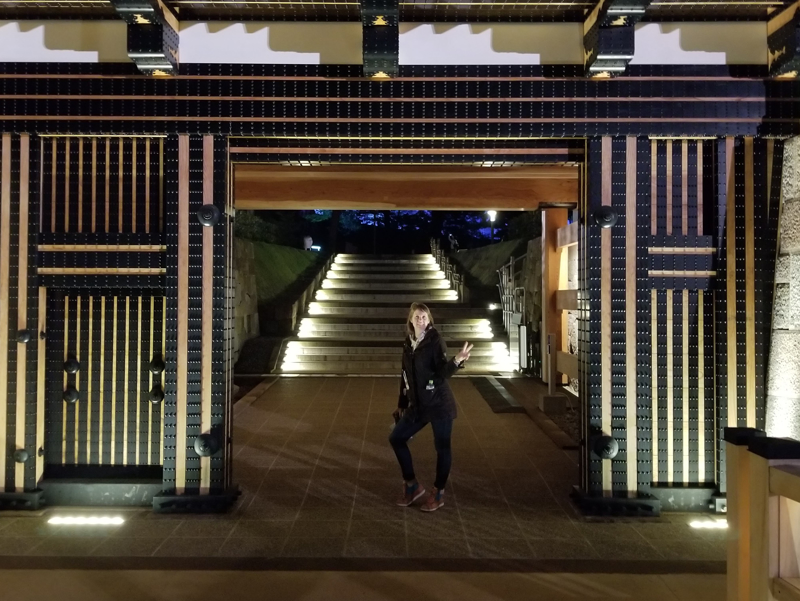
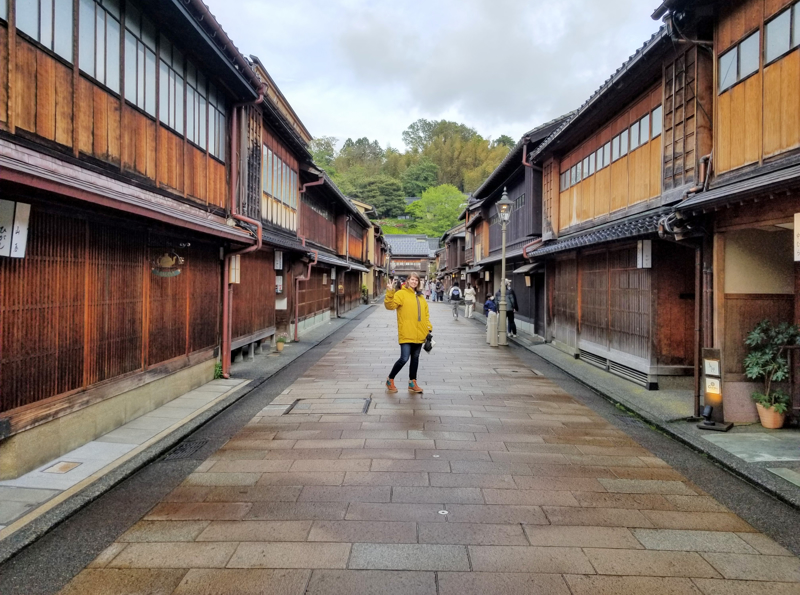
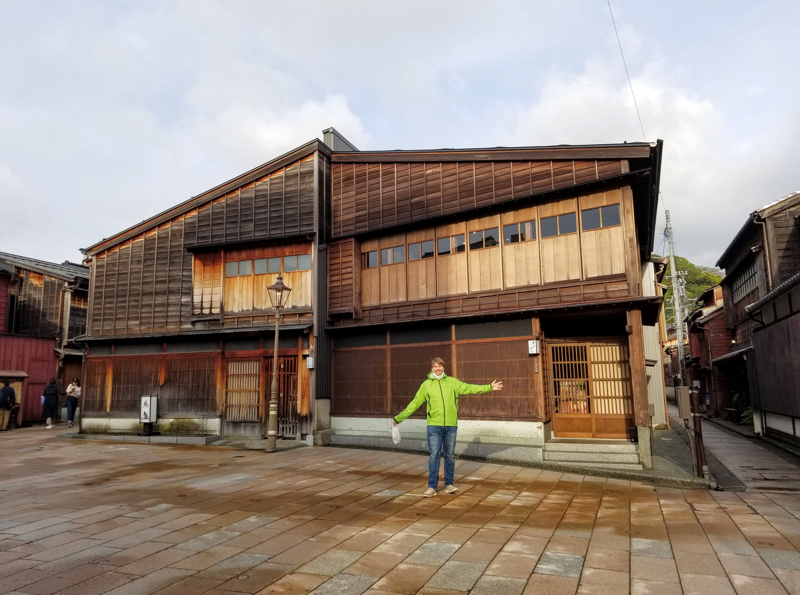
take some day trips from Kanazawa to places like the Noto Peninsula and the Tateyama Snow Corridor.
It did rain a lot during the duration of our stay. Because of that we do still feel like there are a lot of places to go and things to do in Kanazawa, and we would love to go back. However, our overall impression was great! We loved the beautiful castle in the center of town, and we were lucky enough to go when it was illuminated at night. We visited it during both the day time and night time (check out our photos during both day and night). We also really enjoyed strolling through the well-known and well-regarded Kenrokuen Park, located next to the castle grounds (we have also included some pictures from the garden).
Several other high points included visiting the geisha area of Kanazawa. So many homes and buildings were preserved, and the
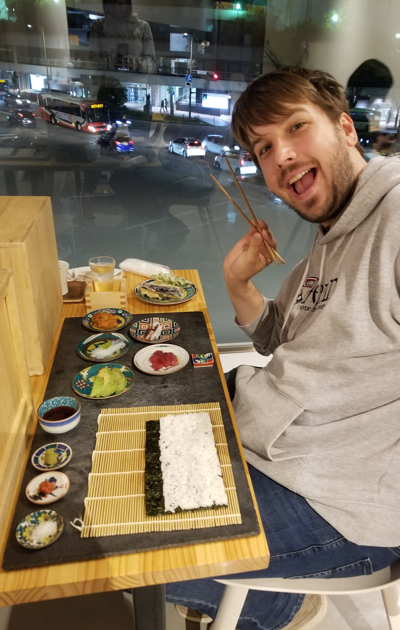
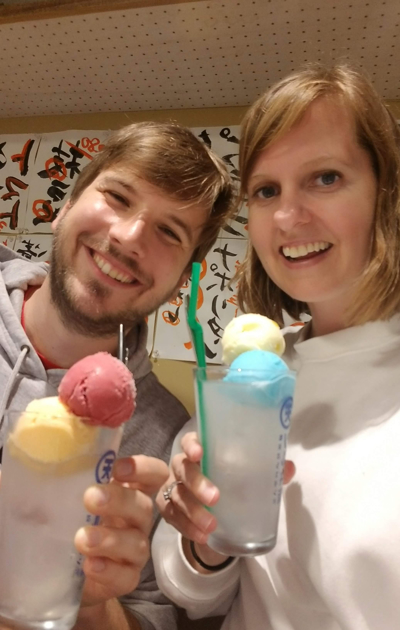
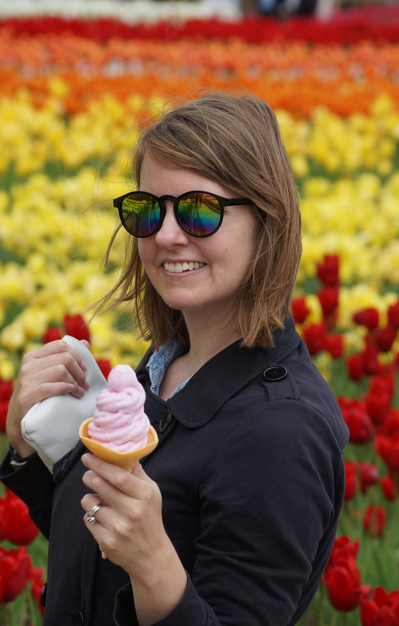
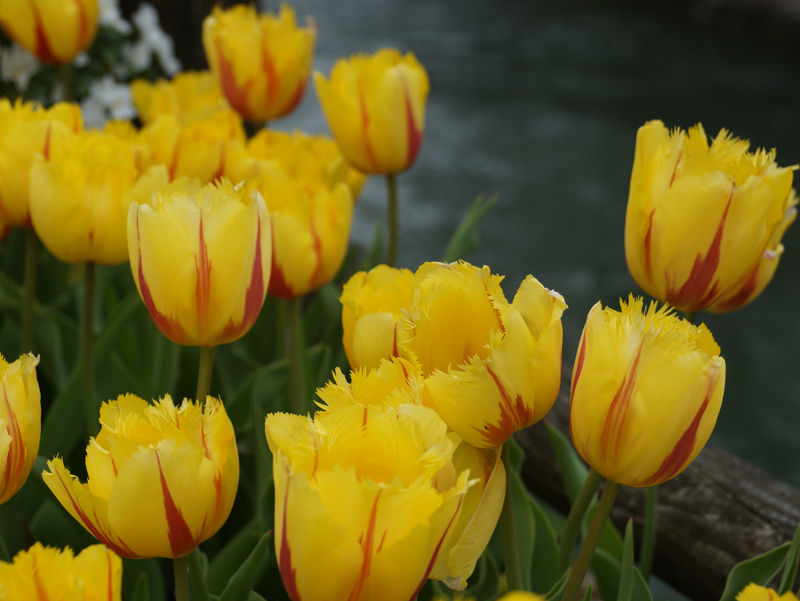
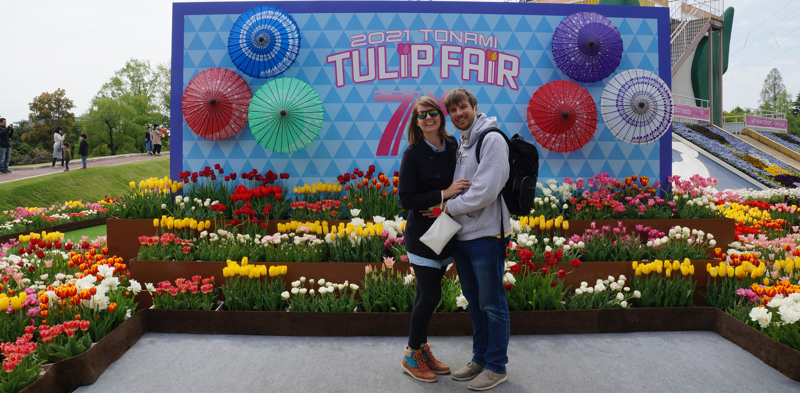
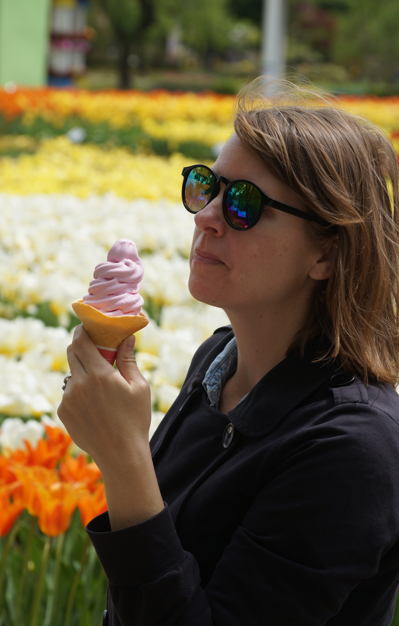
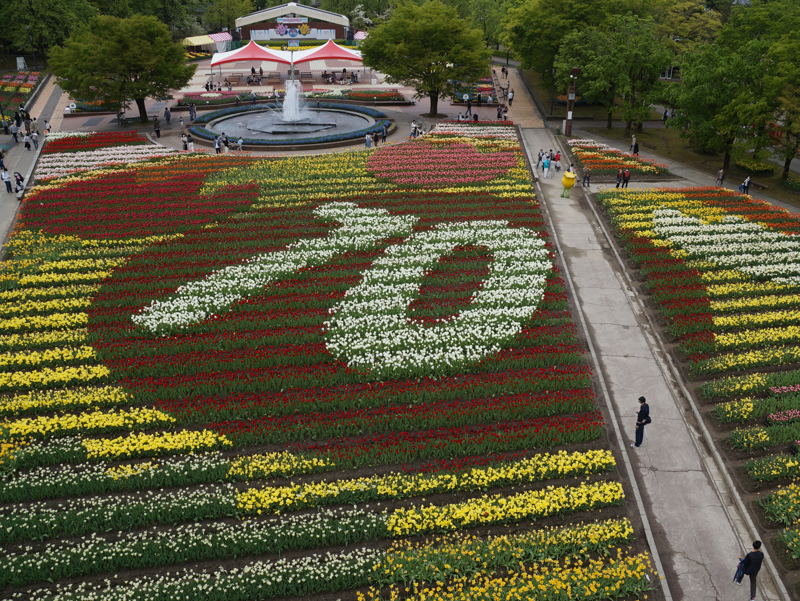
entire area was stunningly beautiful. Check out some of our photos from the area! We also really loved the Kanazawa Yasue Gold Leaf Museum. To provide a bit of context, Kanazawa produces most of the gold leaf in Japan. Gold leaf is used in a lot of shrines, temples, decorations, and even some food in Japan. We really enjoyed learning about the tedious process of making gold leaf, overall an excellent spot to stop if you are ever in Kanazawa.
We loved checking out the restaurant scene in Kanazawa! We went to a do-it-yourself sushi restaurant, COIL. First, let’s start by talking about the atmosphere inside the restaurant. It had a very modern feel, and it had floor to ceiling windows with a second story view of the bustling city. The restaurant included a vegan option on the menu, which was wonderful for Tori. We both got the do-it-yourself sushi option for our meals. There were various other meal options on the menu, but we could not resist trying our hand at rolling our own sushi. Each of our meals came with 4 sushi rolls and various toppings. A picture of Miklos is included from this restaurant.
We went to a really fun tempora restaurant as well, which we kind of happened to stumbe upon. We loved our drinks (see photo) which had sorbert on top of Japense liquor, Shochu. The restaurant had very unique tempura options including things like takoyaki tempura, and a pizza tempura (basically cheese with pizza sauce on top).
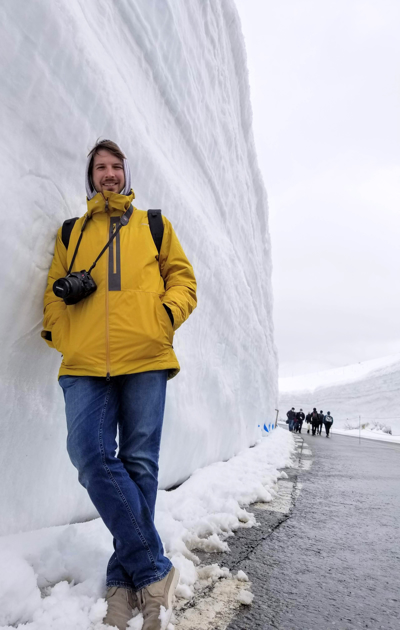
About an hour drive from Kanazawa, there was the Tonami Tulip Fair in Toyama Prefecture, and we had to check it out! This is an annual festival, and it is Japan's largest tulip festival. It has over 2.5 million tulips in over 600 varities. At the festival you can also purchase tulip flavored ice cream, which naturally, we had to try (see photo-- that pretty pink ice cream). The flowers were gorgeous, so as you can guess we included lots of pictures.
As mentioned, we also visited the Tateyama Snow Corridor. Every year this route is open from April to June and snow is up to 20 meters high! Snow plows use GPS to dig a 500 meter route along the corridor. Keep in mind, this route sits atop a mountain, so to get there you need to take a gondula and a half hour bus ride. The views were quite beautiful. Check out our pictures to see for yourself!
The Noto Peninsula had some pretty amazing spots. To start our trip in the Noto Peninsula, we drove all the way to the northern tip of the peninsula to check out the Rokkozaki Lighthouse. This did not disappoint, as it was beautiful, and you guessed it, we included pictures for your enjoyment.
After checking out the light house we headed south and ran into this magnificant display of fish-shaped kites that ran above a stream. The fish-shaped kites are displayed every year around Japan in
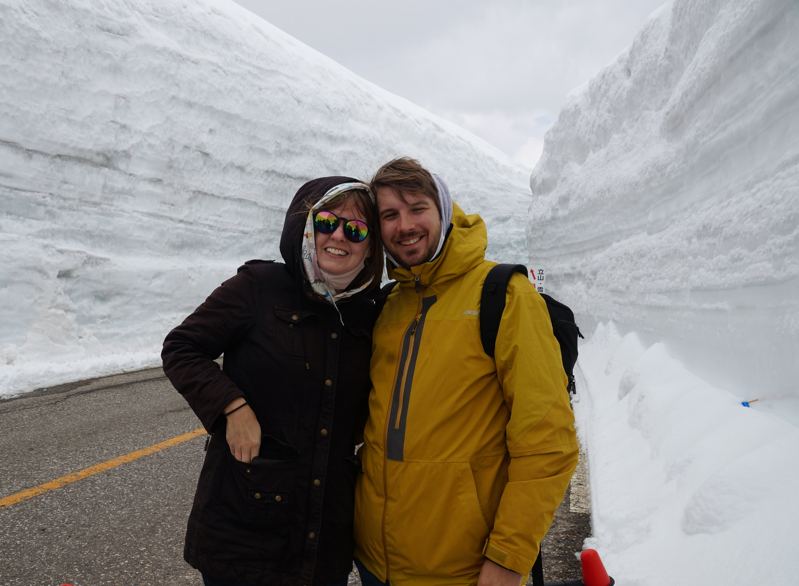
celebration of Children's Day, and Children's Day is one of the national holidays that occurs over Golden Week. . We are not exactly sure of their significance and connection to this holiday, but they are really pretty, and they looked stunning being strung above the stream. Check out some of our pics!
From there we continued south and stopped at the Okunoto Salt Farm. They use traditional methods of extracting salt from sea water. The methods they use have been used for hundreds of years. It is a demanding process which involves hauling buckets of water from the sea, dumping them over sand, letting the water dry in the sun, and extracting the salt. If you come early enough in the morning, you can actually watch the process unfold. We, however, came too late, but we loved reading about the process (they had everything translated in English), and we loved seeing the equipment and space that is used.
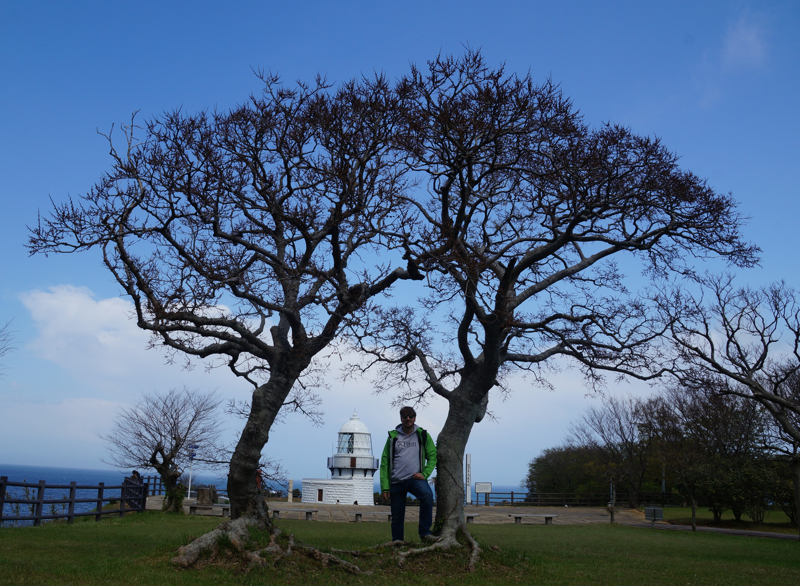

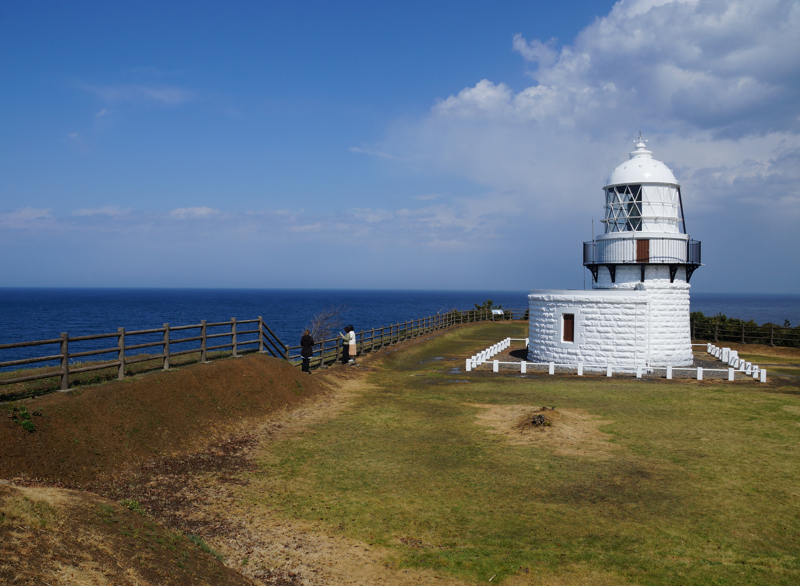
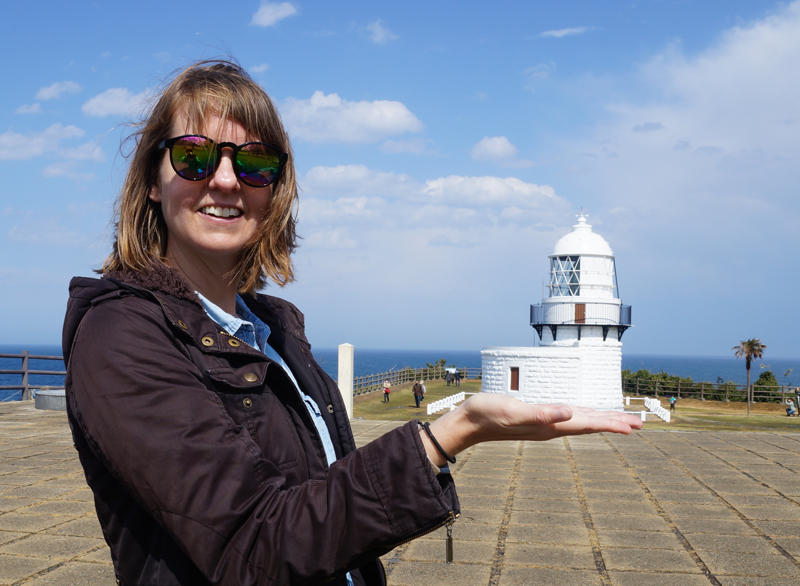

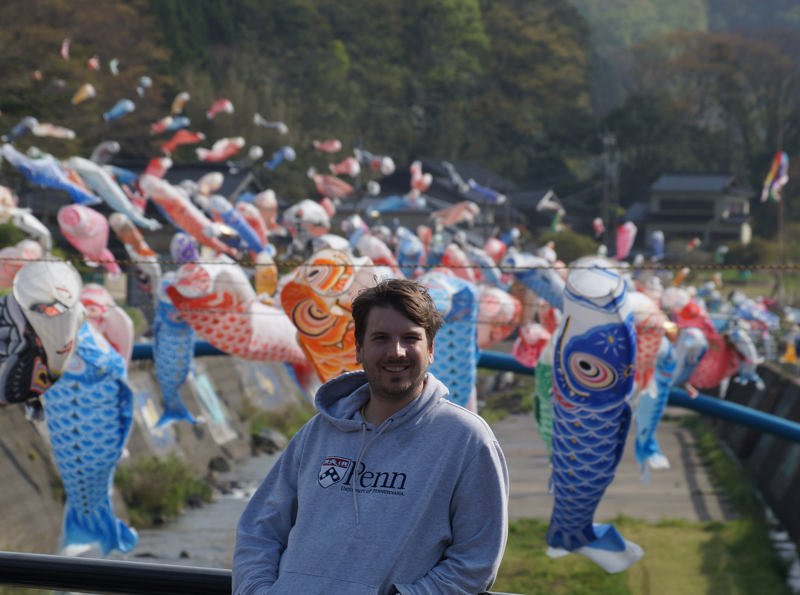
They also sold salt flavored ice cream with their own salt, and we could not resist trying that ice cream as well.
After visiting the salt farm, we continued south and checked out Shiroyone Senmaida, which are stunning rice fields right along the coast. Senmaida, by the way, translates into "1,000 rice paddies". True to its name, you can find 1,000 rows of terraced rice paddies planted here. Unfortunately, during this time of year it is planting season. Interestingly, to plant rice in Japan, the fields are flooded. While it really is cool to see the fields flooded, it is definitely not the most beautiful time of year to see the fields. We would love to come back another time of year to see the fields in full bloom, or to check out the night time illumation in winter, which is reportedly beautiful.
Our last stop in the Noto Peninsula was Hatago Iwa (married rocks). Hatago Iwa is a pair of weathered, sacred rocks jutting out of the sea.
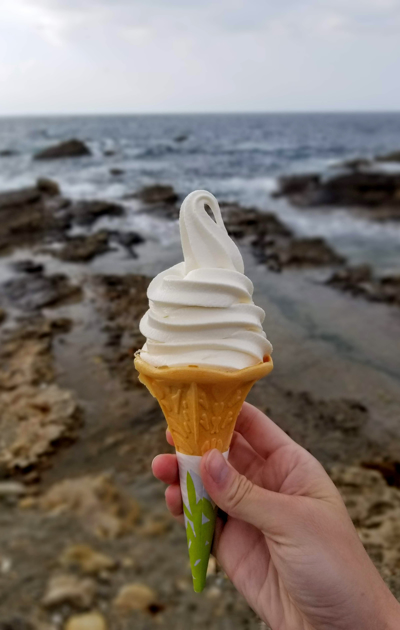
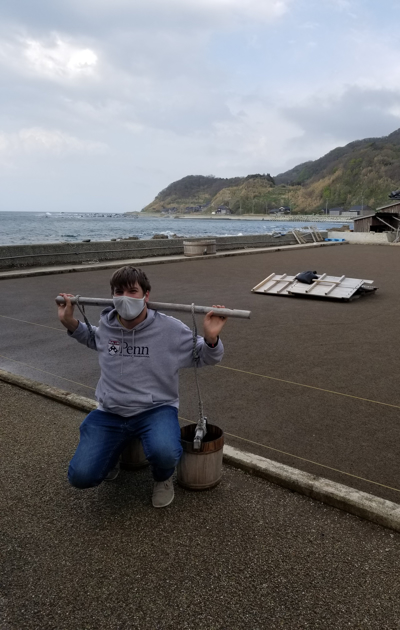
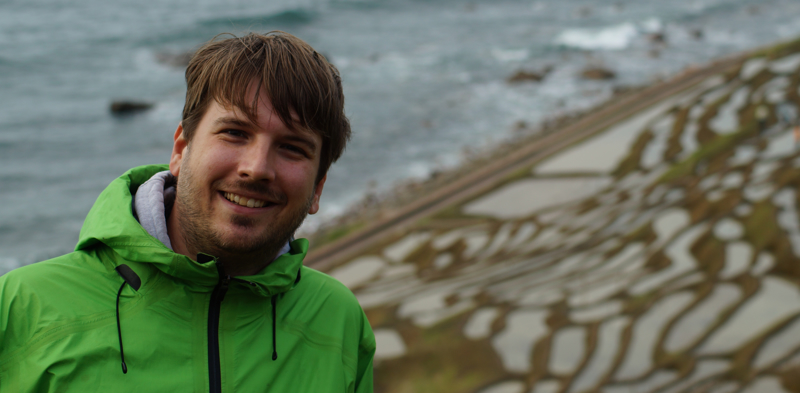
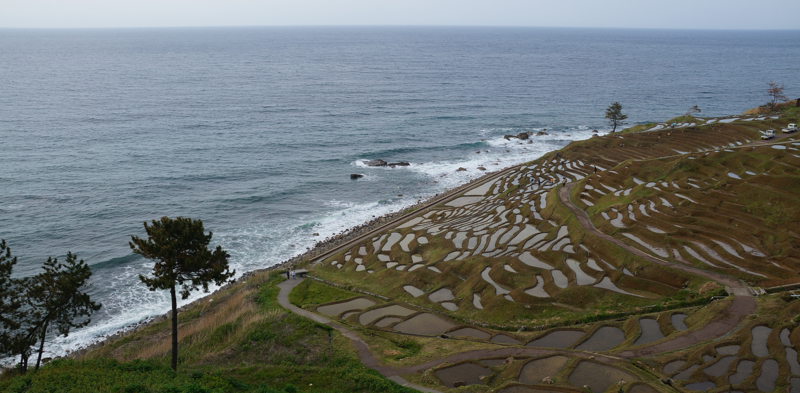
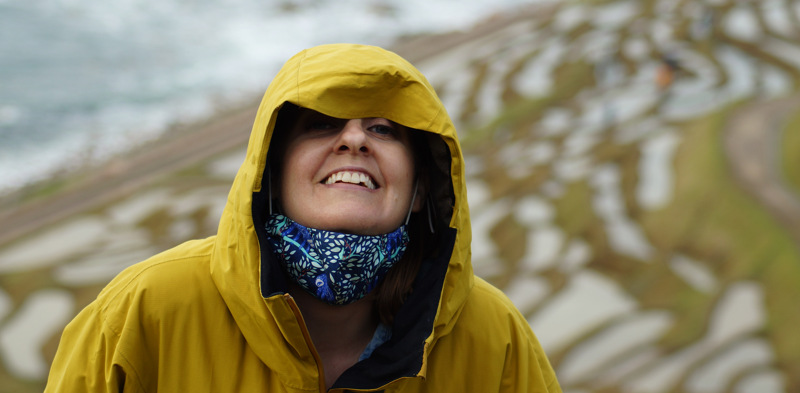
Atop of the larger rock (on the left if looking out towards the sea) there is a small shrine, and the rocks are tied together by shimenawa rope. Shimenawa rope is often used in the Japanese shinto religion. It is used in sacred spaces and it is meant to indiciate the presence of spirits in objects. We made it to this stop around sunset, which is a beautiful time to visit. It did, however, make it a bit trickt to get some good pictures. Check out the ones we did manage to take, though!
Overall, a wonderful trip and yet another COOL, AMAZING area to visit in Japan!
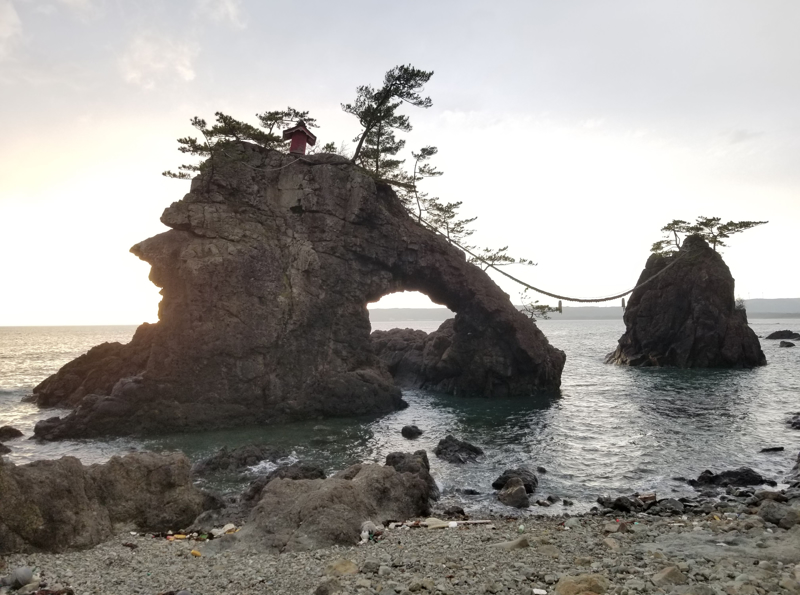
1.
The BIG Move
2.
The First Week
3.
October 1st -- The day everything happened
4.
So Many ROAD BLOCKS
5.
Cool Restaurants
6.
Move In
7.
The old, temporary apartment
8.
Tsurumai Park & Vegan Fest
9.
The day of many deliveries
10.
Being vegetarian in Japan
11.
We're going to the OLYMPICS
12.
Earthquake proof labs
13.
🎃Happy Halloween 🎃
14.
Kyoto Trip
15.
11/11 ... Pocky Day
16.
Yakitori time
17.
Westgate
18.
Peter Pladman's Visit
19.
Our Hike from Magome to Tsumago
20.
Shirakawago & Takayama
21.
Fire Ramen in Kyoto
22.
It's Beginning to Look a lot like Christmas
23.
Nagoya's Cultural Night
24.
🎄Merry Christmas🎄
25.
Christmas Lights
26.
Sapporo Snow Festival
27.
Day trip to Hamamatsu
28.
Tori's B-day Trip
29.
Himeji
30.
Pumpkin Painting
31.
Flavored Soy Milks
32.
Halloween
33.
Kobe
34.
Okazaki
35.
Miklos's JLPT
36.
Rock Climbing
37.
Christmas & New Years
38.
The Site of Reversible Destiny
39.
Nabana no Sato
40.
Skiing & Snowboarding
41.
Visiting Snow Monkeys in Japan
42.
Gifu University
43.
Golden Week
44.
The Sweetest Hubby
45.
Pink Moss Galore
46.
Ukai - Cormorant Fishing
47.
Inuyama
48.
Rice Fields and Sun Flowers
49.
Visiting Northern Japan (Tohoku)
Share your travel adventures like this!
Create your own travel blog in one step
Share with friends and family to follow your journey
Easy set up, no technical knowledge needed and unlimited storage!